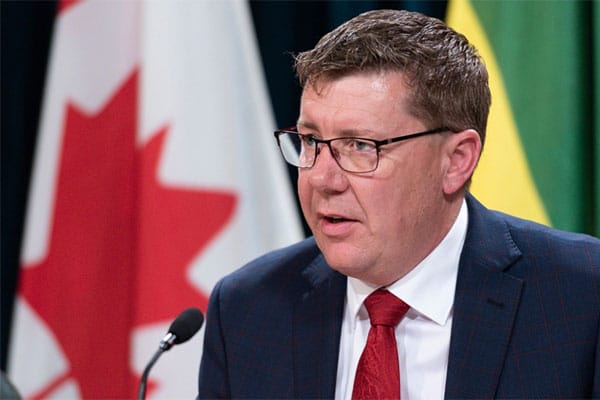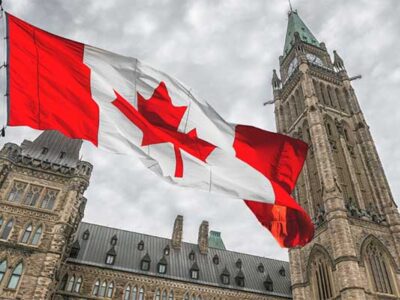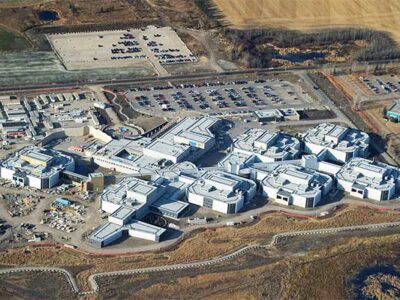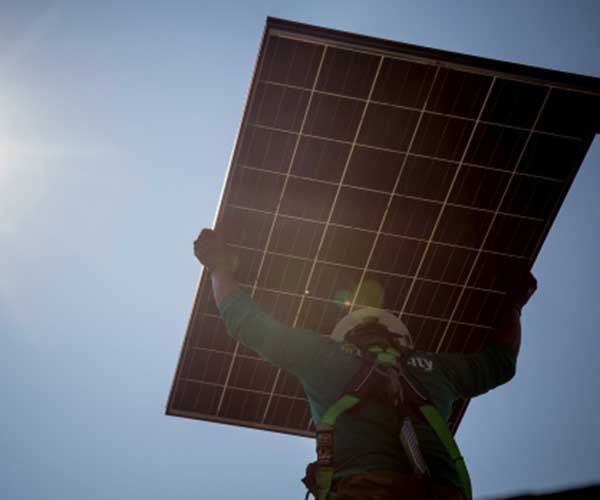Saskatchewan’s Premier Scott Moe has criticized the federal government’s plan to achieve net-zero emissions by 2035, deeming it unrealistic and unaffordable.
In response, Moe unveiled a provincial energy plan that sets a target of reaching net-zero carbon emissions by 2050. The plan involves retaining natural gas plants for a longer period and incorporating small modular nuclear reactors.
Moe expressed concerns about the speed at which the federal government expects the province to transition, citing Saskatchewan’s heavy reliance on coal and natural gas. He argued that complying with Ottawa’s zero-emissions electrical generation standards by 2035 would result in a significant increase in SaskPower rates and potentially jeopardize the province’s power supply.
Ian Cameron, a spokesperson for Natural Resources Minister Jonathan Wilkinson, acknowledged the federal government’s willingness to collaborate with Saskatchewan in achieving the 2035 target. He emphasized the importance of clean and affordable electricity in reducing carbon emissions, meeting climate goals, and attracting investments.
The Liberal government’s climate change plan aims for a net-zero electrical grid by 2035 and includes tax incentives to stimulate power production.
As the use of electric vehicles expands and the transition from gas furnaces to electric heat pumps occurs, demand on Canada’s grid is expected to double or triple.
To accomplish the government’s objectives, Francis Bradley, CEO of Electricity Canada, highlighted the need for streamlined processes for establishing new power-generation facilities, reducing red tape and regulations.
Provinces like Saskatchewan, which lack abundant access to hydro and nuclear power, face more significant challenges in achieving net zero.
The success will depend on forthcoming clean energy regulations, including the definition of “net zero” and strategies to manage peak demand and the grid.
Canada’s existing hydro and nuclear resources position it well to establish a net-zero electricity grid. However, delays must be avoided due to the urgency of the task.
Chris Keefer, president of Canadians for Nuclear Energy, proposed utilizing the Canadian-designed CANDU nuclear reactor as a reliable energy source to meet the 2035 target. He praised the reactors’ track record, their role in eliminating coal in Ontario, and the presence of a domestic supply chain.
Keefer emphasized the need to reduce regulatory burdens and expedite the approval process. While he expressed skepticism about achieving the 2035 targets, he believed that CANDU reactors could contribute significantly.
Keefer mentioned that refurbishments underway at Ontario’s nuclear power stations have established a supply chain and a workforce capable of constructing more reactors.
He also commended the CANDU reactors’ ability to stay on schedule and on budget, which is particularly notable for large-scale projects when compared to other major infrastructure undertakings worldwide.


















Comments